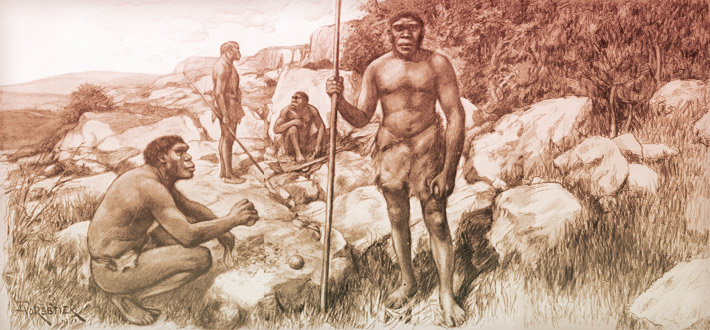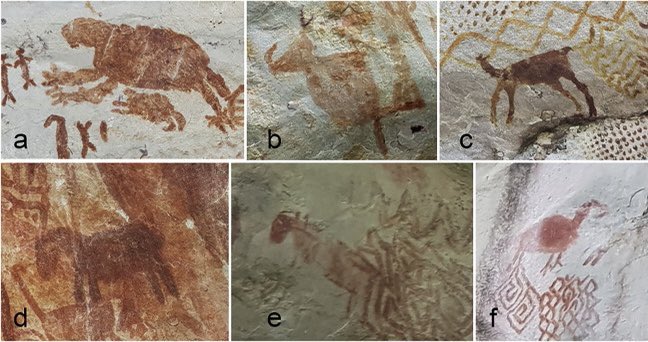My late mother’s cousin researched our family genealogy years ago. and I know quite a bit about our family’s history. Nevertheless, I wanted to know more. I wanted to know what the science reveals. I submitted my DNA to 23 and Me, a service that analyzes a person’s genetics for a fee. The results arrived a few days ago. They determined I was 51.2% British (English and Irish) and 48.8% Ashkenazi Jew. I must have inherited a little more DNA from my mom than from my dad. I already knew I was half of English descent and half Jewish. My mom’s cousin’s genealogy chart on my maternal side goes back 1000 years. Most of the names on my maternal side are very English–Parsons, Penhollow, Howe, etc. However, the oldest names are Norman (the French speaking Vikings who invaded England 1000 years ago). I have no Scandinavian ancestry according to these results. 23 and Me must interpret British ancestry as the indigenous British population + Viking invaders + the Germanic tribes who invaded England even earlier. I also take issue with 23 and Me’s classification of Ashkenazi Jews as European. Ashkenazi Jews originated in the Middle East (primarily the location of modern Israel). They are descendants of the people Romans conquered and forcibly removed from Judea 1900 years ago. The foundling population of Ashkenazi Jews was likely just a few hundred individuals who clung to their traditions. The rest were assimilated or perished.

I was most interested in finding out if I had any relatives I didn’t know about. I found out I have seven 2nd cousins and hundreds of 3rd and 4th cousins who submitted their DNA to 23 and Me. I don’t know any of them. My closest relative who submitted their DNA to 23 and Me supposedly shares a Great Grandparent with me. I know the surnames of 7 out of 8 of my Great Grandparents. They are Gelbart, Shneier, Klarriech, Bailey, Wages, Cobb, and Parsons. The family tree provided by 23 and Me suggests she is related to a Great Grandparent on my Jewish side, but I can’t determine who. She is 1/4th Jewish and 1/4th English. This result is a bit of a mystery, and I think this result might be slightly off. I think it is more likely we share a Great-Great Grandparent, probably from the Klarriech side. I think there was someone from that side who arrived in the U.S. early enough. Her mother was born in 1930. My 2nd closest relative shares a Great-Great-Grandparent, and I think I did figure this one out. He includes the Bailey surname in his list of family surnames. Sam Bailey lived from 1840-1922, and he is one of my Great-Great-Grandparents. I’ve lost touch with my mom’s paternal side relatives, even though many of them live here in Georgia. My Grandfather called one side of his family a “rough bunch” and “horse thieves from Alabama.” I’d be interested in meeting their descendants. I thought I wouldn’t have many Jewish relatives because of the Holocaust, but I was wrong. There are lots of Jewish-sounding names on my paternal side. The list of places where their parents were born is like a map of where Ashkenazi Jews ranged. Birthplaces listed by my 23 and Me relatives include U.S. (359), Poland (217), Russia (193), Ukraine (167), Romania (71), Hungary (67), Lithuania (67), Austria (61), Germany (61), Belarus (59), U.K. (37), Canada (28), Latvia (20), Czeck Republic (11), South Africa (10), Moldavia (10), Italy (9), Israel (7), France (7), and the Netherlands (5).
23 and Me also estimates the chances of certain traits. I do prefer salty snacks over sweet. They gave that a 57% chance. Against the odds, I do like broccoli and Brussel sprouts and cilantro. Unfortunately, also against the odds I have a bald spot and back hair.


23 and Me goes way back and can tell which haplogroup I belong to. My mom is from maternal haplogroup H1 which originated from one woman who lived 18,000 years ago and spread throughout Europe and Asia after the Last Glacial Maximum. My paternal haplogroup is much older originating 47,500 years ago in North Africa. They are known as haplogroup E-M5021. They eventually became farmers. The report also claims I’m less than 2% Neanderthal, but I am more Neanderthal than 76% of the population.


I was glad I submitted my DNA results, and I hope more of my relatives eventually submit theirs.






















